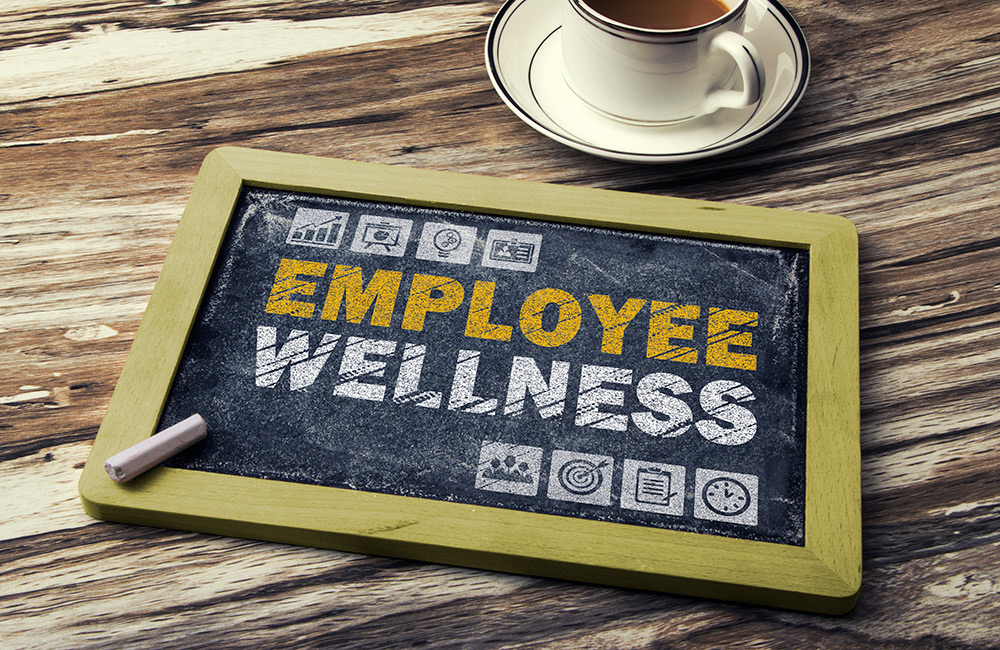Mental health issues inside the workplace have been on the rise for over a decade. The World Health Organizations declared that depression is the leading cause of disability worldwide. Yet, there has been a historic disconnect between employee benefit plans and supporting the mental health needs of employees. Health insurance has long been the go-to mental health benefit for employees; however, the classic one-size-fits-all approach to plan design has not accounted for location, cost, and availability, making it difficult for employees to access the care they need.
The trauma created by the COVID-19 crisis has greatly expanded the awareness of these shortcomings in employer-sponsored mental health care, but awareness has not slowed down its impact. An Indeed study on employee burnout found that 52 percent of employees reported feeling burned out, which is associated with a range of adverse physical and psychological outcomes, including type-2 diabetes, heart disease, depression, and anxiety. Since June 2019, the number of adults reporting symptoms of anxiety or depression has nearly quadrupled to four in 10 adults, leading to low productivity levels, high health care costs, and high turnover rates. These adverse outcomes come at a huge cost to employers. According to the Center for Disease Control (CDC), depression causes an estimated 200 million lost workdays each year at a cost of $17 billion to $44 billion to employers. While the cost of addressing mental health is substantial, the returns prove to be worthwhile. A global return on investment analysis measuring treatment costs and health outcomes for the next 14 years found that if the effective treatment coverage for mental health issues is scaled up to $147 billion, the expected returns include:
- Forty-three million extra years of health life over the scale-up period
- An expected economic net present value of $310 billion on those healthy life-years
- A benefit-to-cost ratio of 3.3-5.7 when the value of health returns is considered
Mental health support is critical to improving employee engagement and productivity, as well as reducing direct and indirect costs. According to a new Willis Towers Watson study, 86 percent of employers named worker mental health, stress, and burnout as key priorities in 2022, but 49 percent have yet to articulate a formal strategy for wellness. Employers reported they are also planning or considering programs that focus on behavioral health (48 percent), redesign their employee assistance programs (EAPs) (39 percent), target specific high-cost needs (27 percent), and address financial well-being (32 percent).
Want more daily health intelligence from Third Horizon Strategies? Sign up for Tea Leaves – a free daily newsletter capturing a rundown of the most important health industry activity!
The 2022 Employee Wellness Industry Trends Report found that the top two offerings that employers are using to promote mental health in the workplace are EAPs (62 percent) and digital health tools (46 percent). EAPs have played an important role in managing employee mental health, but many employers are now supplementing the gaps in coverage by turning to innovative solutions like digital health, which has enabled access to personalized, patient-centric mental health care. Emerging tech is essential to maximizing engagement by providing convenient access and many doors to entry, as well as data to drive personal insights. After its widespread adoption in 2020, employers now see telemedicine as an indispensable benefit. The same 2022 trends report found that only 1 percent of employers plan to spend less on telemedicine in 2022, whereas 80 percent plan to spend more. However, access to virtual mental health care is just one piece of the puzzle to promote holistic wellbeing among staff. Other solutions, such as mindfulness and meditation, continue to grow in popularity as effective and accessible mental health tools, and 71 percent of employers report they will be investing more into these solutions in 2022.
Businesses, particularly small businesses, for which these solutions may be out-of-reach can offer other benefits to reduce employee stress. According to a survey by The Conference Board, the top three flexibility options employees preferred were flexible office hours and/or a compressed work week (70 percent), flexible/hybrid work schedule (69 percent), and work from home/anywhere (63 percent). The demand for these flexibilities has galvanized the Great Resignation, which is leaving many employers scrambling to fill empty job openings. Employees’ job opportunities have now expanded to a national scale, meaning employers are impelled to create a safe and supportive workplace in order to retain and attract staff.
Expanding access to mental health care is indubitably vital to employee wellbeing, but access alone cannot be the only factor employers consider; they must consider options that measure improvement, especially given many new virtual solutions have no research to support their efficacy. A patient’s odds of improving their mental health are higher when outcomes are tracked, yet only 14 percent of mental health providers are using standardized progress measures that are demonstrated to lead to improved patient outcomes, and 62 percent have never used them. Employers who are sifting through and comparing the plethora of mental health solutions that have flooded the market recently should prioritize solutions that expand access while also using data and outcomes transparency to drive meaningful outcomes for employees. First and foremost; however, employers need to start by identifying what they want to achieve for their employees and business, and lead with their need. To do so, we recommend a four-step process:
- Data-driven analysis – analyze available health plan mental health benefit information, medical/disability/workers’ comp claims data, absenteeism reports, employee utilization of the employee assistance plan etc.
- Evidence-based solutions – prioritize the needs of your population, examine the performance of existing mental health providers and supplemental vendor partners and assess the market for additive solutions where you have gaps
- Engage employees – create and deploy a virtual communications plan
- Establish SMART goals and measure, measure, measure!
In 2022, we expect many HR and benefits leaders will urgently employ this process and reassess needs and resources in order to move from an ad hoc approach to an integrated approach with a set of initiatives that are aligned and supported by a central strategy. The hyper competitive employment market demands it as the new social contract, “encourage everyday care,” reshapes employee benefits programs.

